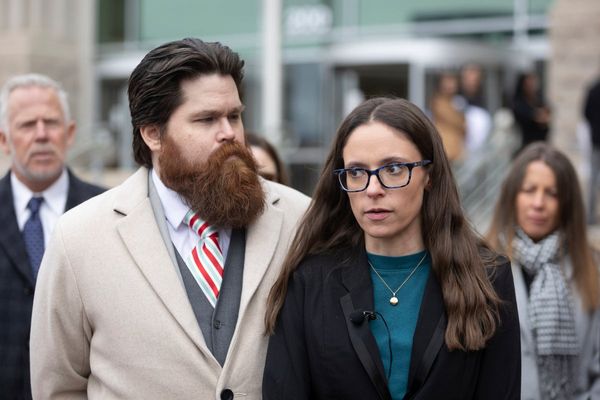
Prime Minister Narendra Modi took the oath of office and secrecy on Thursday, leading a 58-member council of ministers, slightly bigger than the one he had at the start of his previous term.
In 2014, Modi was sworn in with an initial council of 46 ministers, including himself, before the cabinet was expanded on 9 November the same year. When the previous term of the National Democratic Alliance (NDA) ended last week, it had 71 ministers including the prime minister.
The council of ministers is likely to be expanded later as the new government settles down and starts working on its development agenda.
Considering the urgency in dealing with pressing economic issues like rural distress, the need for creating more jobs and boosting economic growth, individual ministries had already prepared 100-day action plans, out of which proposals that need no fresh fund allocation would be pursued without delay, a person aware of the matter said.
Those that need fresh fund commitments would be taken up after the full budget for FY20 was presented in the first fortnight of July, the person added on condition of anonymity.
In his previous term, Modi had said his idea of administration was of “maximum governance with minimum government”, but his cabinet later expanded to 71 members , matching the size of the United Progressive Alliance government under Manmohan Singh, whose term ended in May 2014.
Modi’s previous administration had 54 ministries, with each of them having multiple departments. It is to be seen if there will be a realignment of ministries or creation of new departments. NDA had tried to combine some of the ministries where possible, as well as to give related ministries to the same minister. Former finance minister Arun Jaitley, for example, had held the portfolio of corporate affairs, which administers several laws applicable to businesses.
Also, Piyush Goyal had retained the coal ministry in NDA’s previous term even when he moved from the power ministry to the ministry of railways, in view of the linkages between coal shipments and rail freight.
Modi’s previous term was marked also by a centralized administration, with the prime minister directly responsible for all important policy issues, as per the list of portfolio allocation on the cabinet secretariat website.
The first UPA government had 75 ministers when it concluded its term in 2009, as per details available with the cabinet secretariat. The Atal Bihari Vajpayee government prior to that had 70 members in the council of ministers when its term ended in 2004.







